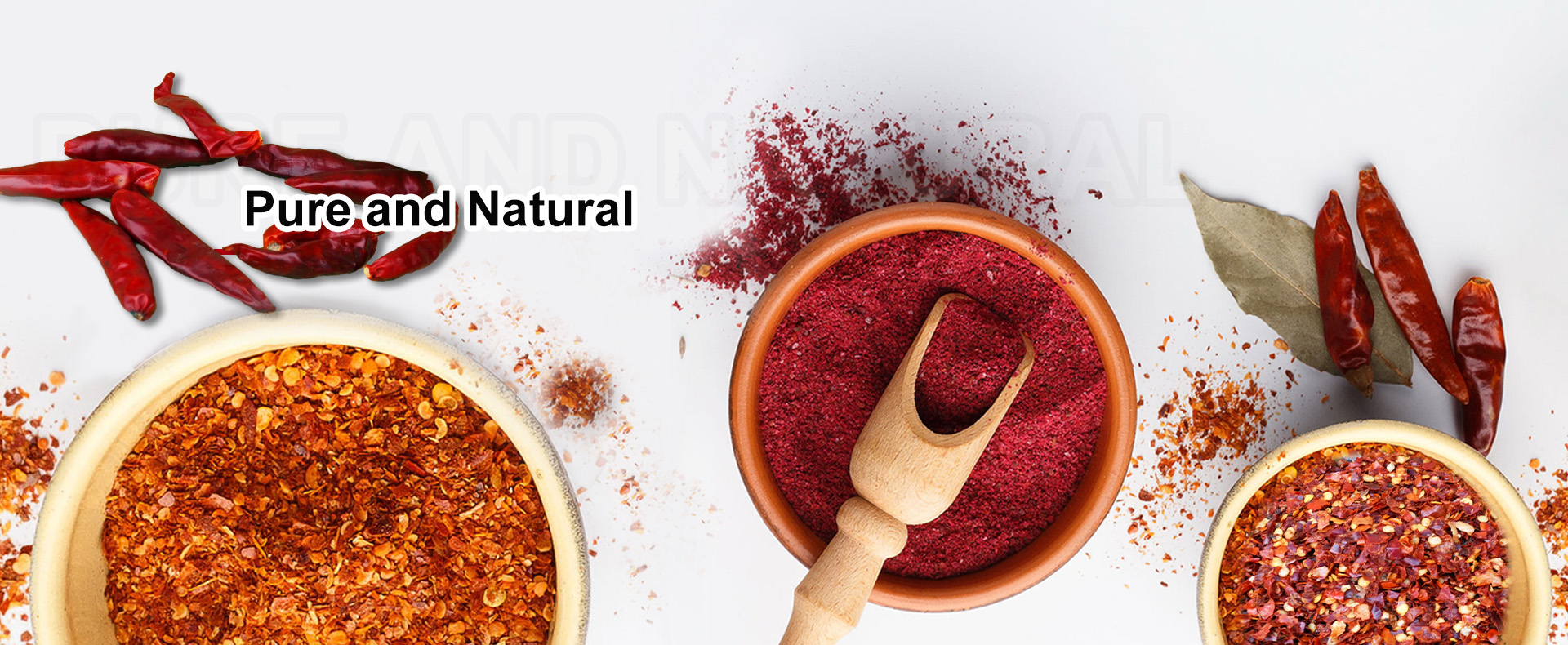- No. 268 Xianghe Street, Economic Development Zone of Xingtai city, Hebei 054001 China
- Byron@hbhongri.cn
homemade chili sauce
The Art of Homemade Chili Sauce A Flavorful Journey
Chili sauce is a culinary gem that holds a special place in the hearts of food lovers around the world. Its versatility and complexity can elevate any dish, turning a simple meal into an unforgettable culinary experience. Making homemade chili sauce not only allows you to tailor flavors to your liking, but it also brings a sense of satisfaction that store-bought options often lack. In this article, we will explore the essentials of homemade chili sauce, including its ingredients, preparation methods, and some creative variations to try in your kitchen.
The Basics of Chili Sauce
At its core, chili sauce is a blend of peppers, vinegar, and various spices. The primary ingredient, of course, is the chili pepper, which can range from mild to incredibly hot, depending on your preference. Common varieties include jalapeños, habaneros, and serranos, each offering a unique profile. The heat level can be adjusted by changing the type of pepper or the quantity used in the recipe.
Vinegar is another essential component that adds both acidity and depth of flavor to the sauce. Many recipes call for white vinegar or apple cider vinegar, but you can experiment with rice vinegar or even balsamic for a unique twist. The inclusion of garlic, onions, and spices enhances the overall flavor, creating a rich and robust profile that complements a wide array of dishes.
Basic Recipe for Homemade Chili Sauce
Ingredients
- 10-12 fresh chili peppers (mix of your choice) - 1 cup vinegar (white or apple cider) - 4 cloves of garlic (minced) - 1 onion (chopped) - 2 tablespoons sugar (adjust to taste) - 1 teaspoon salt (adjust to taste) - Optional spices such as cumin, paprika, or oregano
Instructions
1. Prepare the Ingredients Start by preparing your chili peppers. Wear gloves if you're using hotter varieties to avoid skin irritation. Remove stems and seeds (if you prefer a milder sauce) and chop them into smaller pieces.
2. Saute Onions and Garlic In a saucepan, heat a little oil over medium heat. Add the chopped onions and sauté until they become translucent. Next, add minced garlic and sauté for an additional minute, being careful not to let it burn.
homemade chili sauce

3. Combine Ingredients Add the chopped chili peppers to the saucepan, stirring everything together. Then, pour in the vinegar, add sugar, and salt. For those who like it spicy, feel free to add cumin or paprika for a smoky flavor.
4. Simmer Bring the mixture to a rolling boil, then reduce the heat to low. Let it simmer for about 20-30 minutes, until the peppers are softened and the flavors have melded together.
5. Blend After simmering, carefully transfer the mixture to a blender. Blend until smooth or to your desired consistency. If the sauce is too thick, you can add a little more vinegar or water to thin it out.
6. Bottle and Store Once blended, pour the sauce into sterilized bottles or jars. Allow it to cool before sealing. Store in the refrigerator, where it can last for several weeks.
Creative Variations
1. Smoky Chipotle Sauce Incorporate smoked chipotle peppers for a distinct smoky flavor. This pairs beautifully with grilled meats and roasted vegetables.
2. Fruit-Infused Chili Sauce Add fruits like mango or pineapple to the base recipe for a sweet and spicy hybrid. This variation works well as a glaze for chicken or fish.
3. Herbal Infusion Experiment with fresh herbs like cilantro or basil. Adding them at the end of the cooking process retains their vibrant flavors.
4. Fermented Chili Sauce For a tangy depth, consider fermenting your chili sauce with the addition of salt. This process enhances the flavor and introduces beneficial probiotics.
Conclusion
Creating your own homemade chili sauce is a rewarding endeavor that allows for immense creativity. Not only can you tailor the heat level and flavor profile to suit your personal taste, but you also gain a deeper appreciation for the ingredients and their journey from your kitchen to your plate. Whether you prefer it fiery or mild, tangy or sweet, the world of homemade chili sauce is limited only by your imagination. So gather your ingredients, roll up your sleeves, and start experimenting—your taste buds will thank you!
-
The Versatile Uses and Benefits of Capsicum Frutescens Oleoresin and ExtractsNewsJun.03,2025
-
Paprika&Chili Products Enhancing Flavor and Wellness in Every BiteNewsJun.03,2025
-
Paprika Extract and Capsicum Applications in Food and IndustryNewsJun.03,2025
-
Exploring the Benefits and Uses of Turmeric Powder and Curcumin ExtractNewsJun.03,2025
-
Discover the Bold Flavor of Premium Chilli Powder from ChinaNewsJun.03,2025
-
Capsicum Oleoresin Extract: A Potent Natural Ingredient in Modern ApplicationsNewsJun.03,2025







